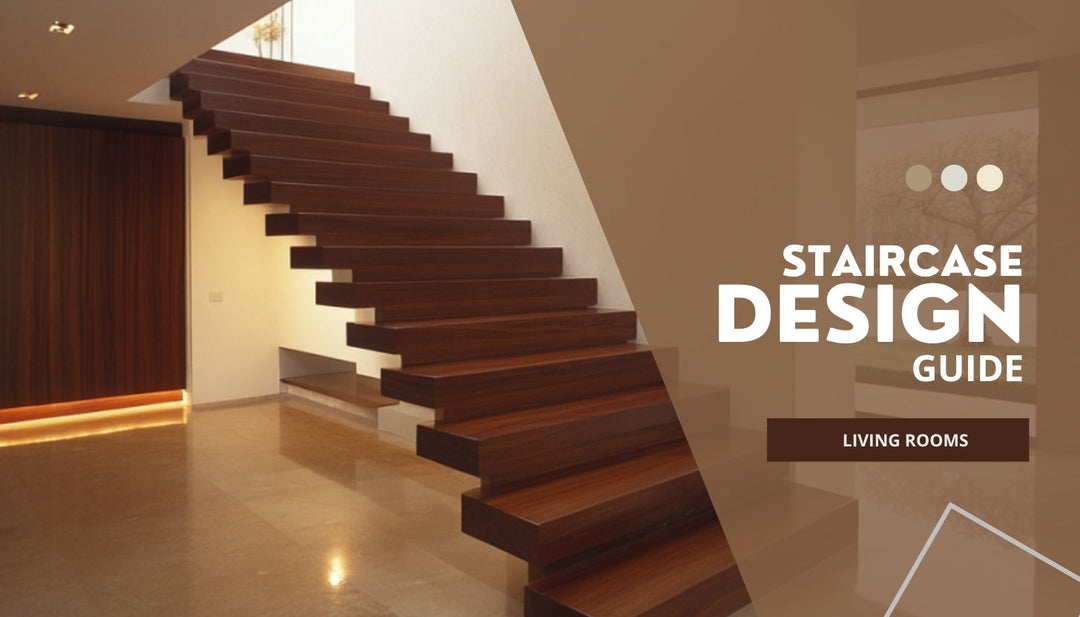The Use of Natural Ventilation in Traditional Indian Home Design

Have you ever wondered how traditional Indian homes managed to stay cool and comfortable in the hot and humid climate? The secret lies in the ancient art of natural ventilation. For centuries, Indian architects have been using natural ventilation techniques to create comfortable living spaces. In this article, we will explore the traditional Indian home design and its emphasis on natural ventilation, the techniques used, the comparison with modern mechanical systems, and the future possibilities of integrating natural ventilation in modern Indian architecture.
-
Embracing the Magic of Natural Ventilation
Natural ventilation is the process of using natural airflow to cool and ventilate a building, as opposed to mechanical ventilation systems that rely on fans and air conditioning. The use of natural ventilation in traditional Indian home design is a testament to the ingenuity of ancient architects, who understood the importance of creating comfortable living spaces in a hot and humid climate. One of the main benefits of natural ventilation is that it reduces the need for energy-intensive cooling systems, thereby reducing the environmental impact of a building. Additionally, natural ventilation can improve indoor air quality by circulating fresh air and removing pollutants, which can lead to improved health and well-being for the occupants of the building.

-
The Traditional Indian Home Design: A Harmonious Indoor-Outdoor Flow
Traditional Indian home design places a strong emphasis on natural ventilation, with the goal of creating comfortable living spaces in a hot and humid climate. Indian architects have been using natural ventilation techniques for centuries, and these techniques have been passed down through generations. One of the most prominent features of traditional Indian home design is the use of courtyards, which act as a central gathering space and also as a source of natural light and ventilation. The courtyard is typically open to the sky and surrounded by rooms, which allows for the free flow of air through the building. Another important technique used in traditional Indian architecture is the use of jalis, which are perforated stone screens that allow for natural light and ventilation to enter the building while providing privacy and shading from the sun. Jalis are often used in conjunction with courtyards to create a harmonious indoor-outdoor flow.

-
The Techniques of Natural Ventilation in Traditional Indian Architecture
Traditional Indian architecture has a variety of techniques that are used to enhance natural ventilation in buildings. Some of the most commonly used techniques include:
- Courtyards: central feature in traditional Indian home design, serve as a source of natural light and ventilation.
- Jalis: perforated stone screens that are used to allow natural light and ventilation to enter the building while providing privacy and shading from the sun.
- Rooftop terraces: serve as a space for outdoor living and also as a way to vent hot air from the building.
- Wind towers: traditional Persian architectural element that is used to cool buildings by harnessing the power of the wind.
-
Natural Ventilation vs Mechanical Ventilation Systems
Natural ventilation and mechanical ventilation systems are two different approaches to cooling and ventilating buildings. Natural ventilation relies on natural airflow to cool and ventilate a building, while mechanical ventilation systems use fans and air conditioning to circulate and cool the air. One of the main advantages of natural ventilation is that it is energy-efficient and has a low environmental impact. Additionally, natural ventilation can improve indoor air quality by circulating fresh air and removing pollutants. Mechanical ventilation systems are more reliable and can provide a more consistent level of cooling and ventilation, but they are more energy-intensive and can be more expensive to install and maintain.
-
Real-life Examples of Traditional Indian Homes that Incorporate Natural Ventilation
There are many examples of traditional Indian homes that effectively incorporate natural ventilation. One such example is the haveli, a type of traditional Indian mansion that is typically found in the northern states of India. The haveli is characterized by its large courtyards and jalis, which create a harmonious indoor-outdoor flow and enhance natural ventilation. Another example is the traditional Indian bungalow, which is typically found in the southern states of India. The bungalow is characterized by its large verandahs and open-air courtyards, which provide natural light and ventilation. These real-life examples showcase the effectiveness of natural ventilation in traditional Indian homes and how it can be integrated in modern Indian architecture.

Conclusion:
In conclusion, natural ventilation is a cost-effective, energy-efficient and sustainable solution for cooling and ventilating buildings. By incorporating natural ventilation techniques into modern Indian architecture, we can create comfortable, healthy and sustainable living spaces for future generations. The traditional Indian home design is a true testament to the ingenuity of ancient architects and the importance of natural ventilation in creating comfortable living spaces. It's time we embrace the ancient art of natural ventilation and integrate it into modern Indian architecture for a better and sustainable future.








Pls share detail
Leave a comment